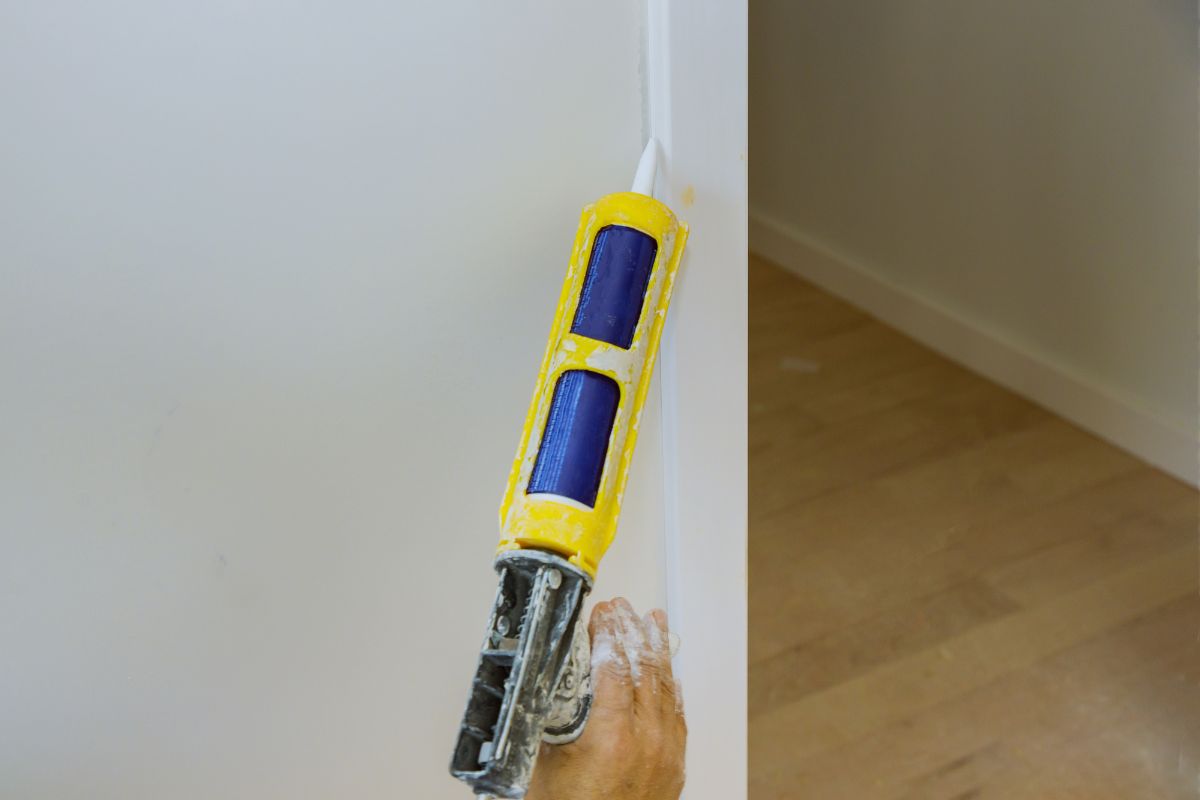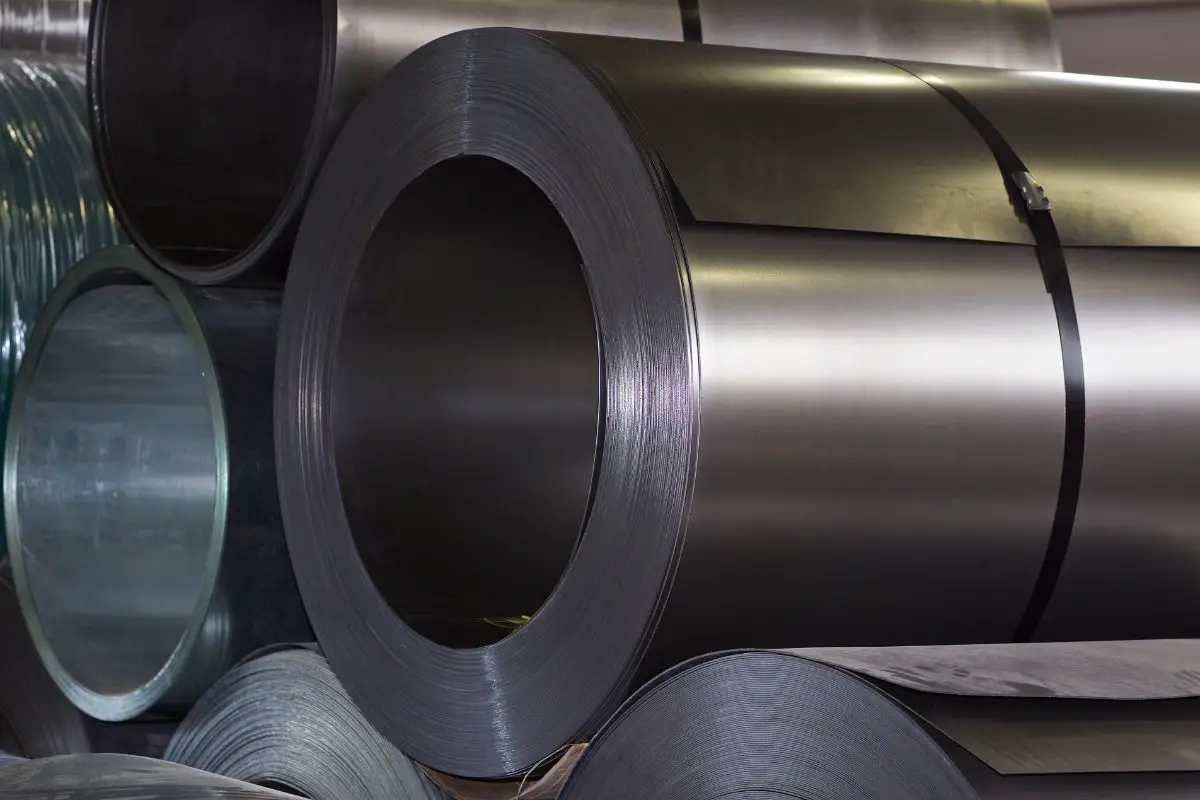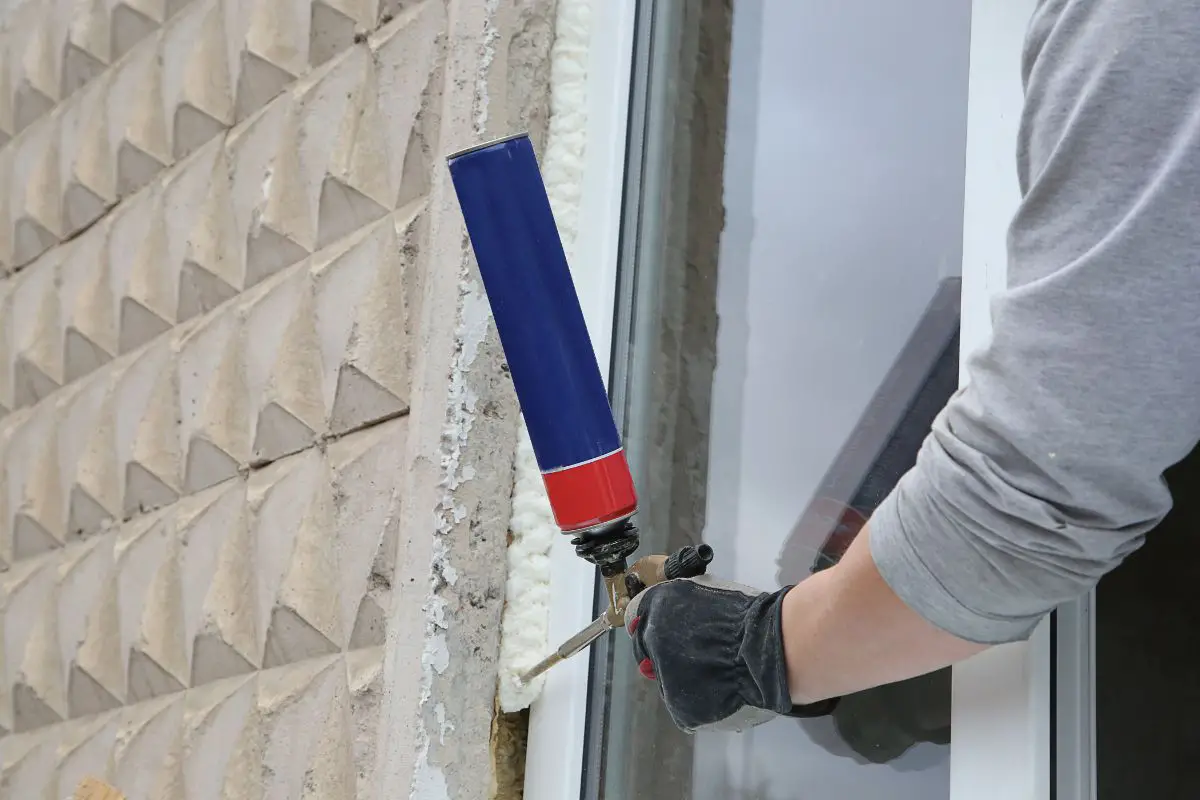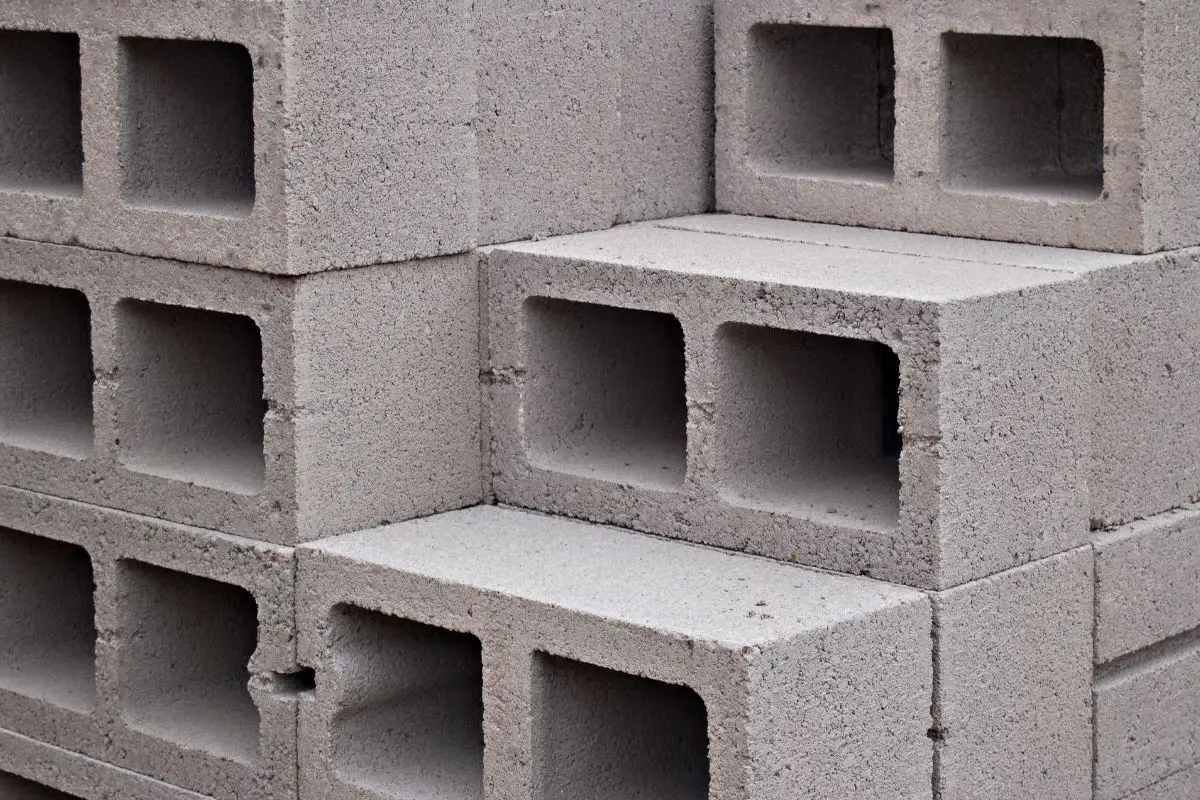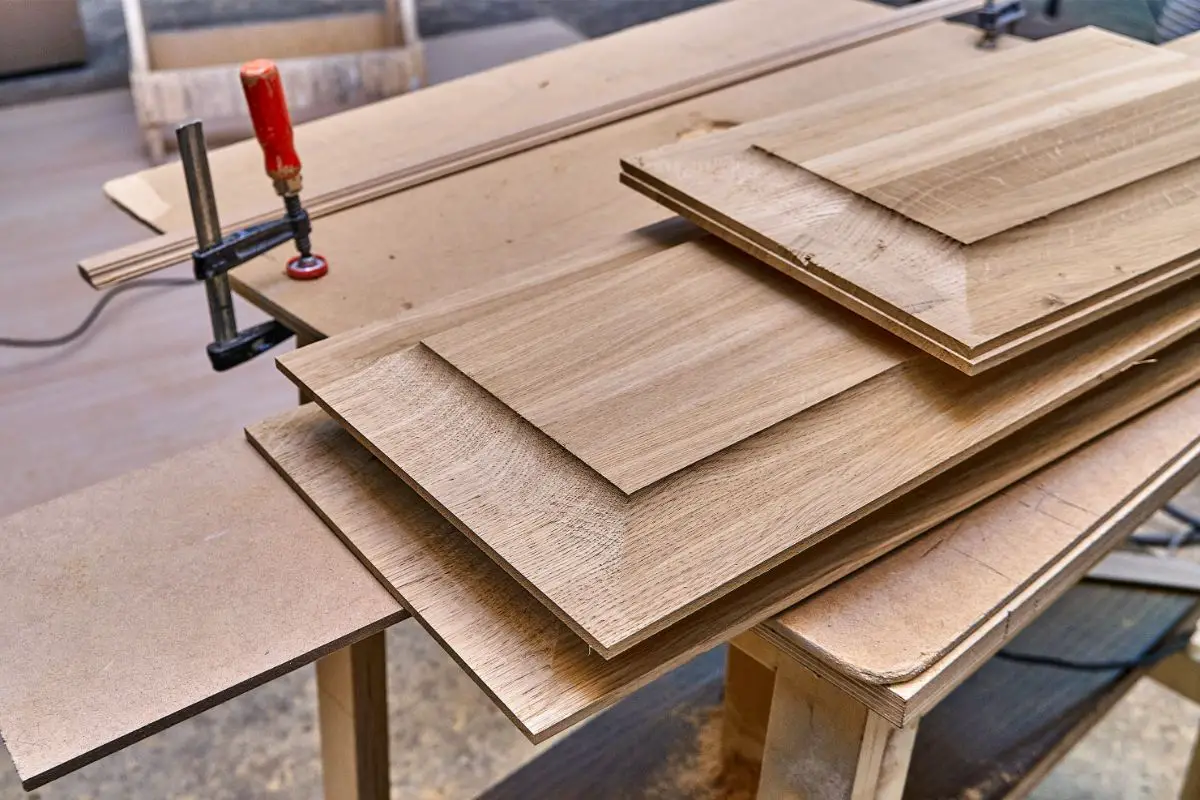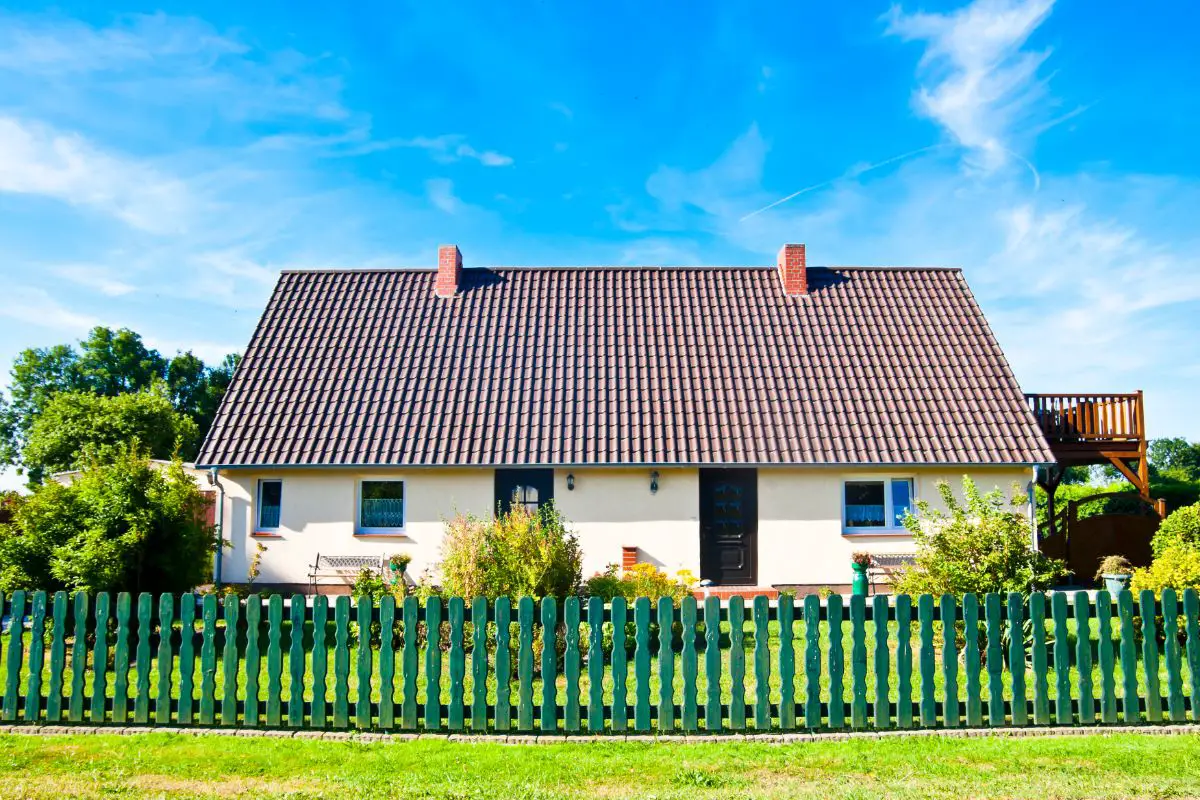Concrete, that strong, durable, and versatile building material used worldwide. Made up of water, sand, cement, and aggregates, these undergo a chemical reaction, resulting in the solid, strong material we know as concrete.
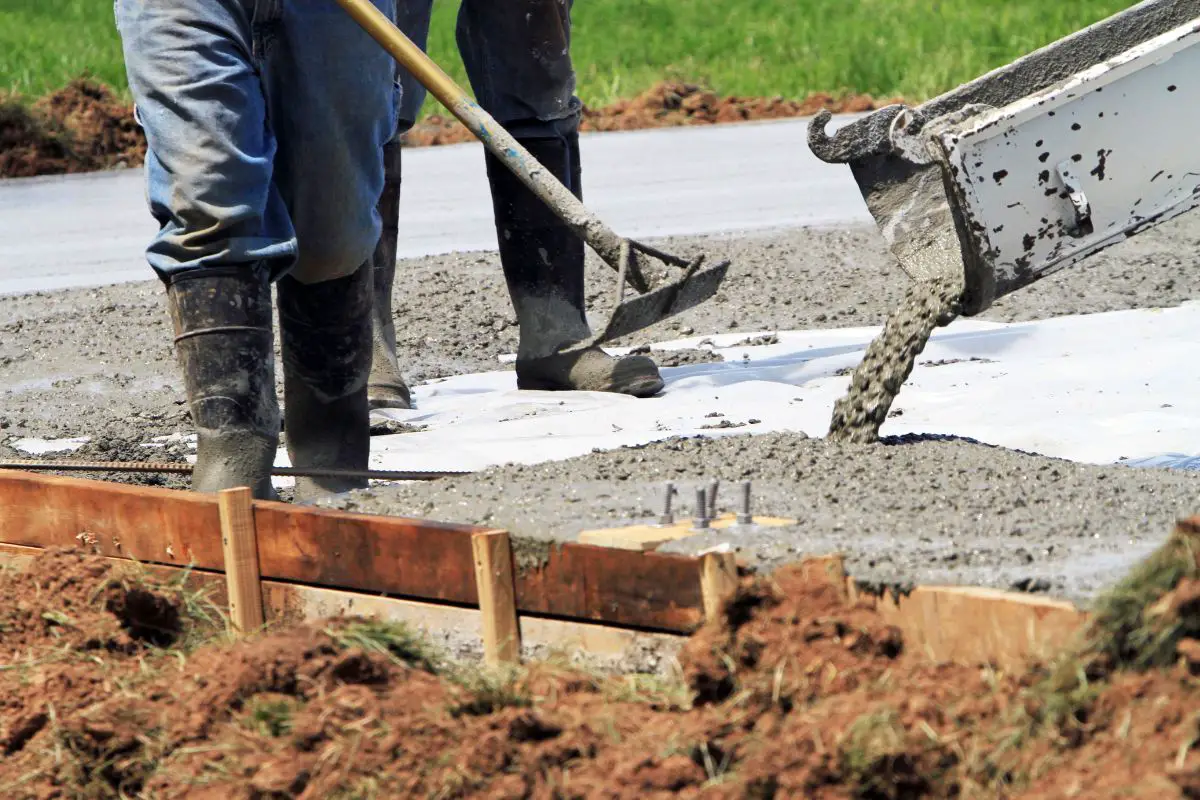
Whether you use concrete for building structures like bridges, sidewalks, and dams, or use it for household projects, it’s important to understand its properties and how it works.
One question many have when using concrete is, “how long does it take to dry?”
Well, despite the many advantages of using concrete, working with it can be challenging. This is mainly due to its curing time, which can significantly affect the success of any construction project.
How long it takes for concrete to dry depends on several factors, such as the type of concrete used, the water-cement ratio, the weather conditions it is drying in, and the size and shape of the concrete element.
To find out more about concrete drying times, this post will explore the factors that affect concrete drying times.
We will also look at some tips to accelerate the process, depending on your construction needs.
Concrete Curing Explained
As concrete cures, you will be able to see changes on its surface, but what you won’t see are the chemical changes occurring within the concrete.
These changes result in the concrete hardening and becoming that sturdy, resistant surface we use for sidewalks, driveways, and other surfaces.
Many mistake curing for drying, but the two are not the same. Drying happens during and after curing has taken place. It helps the concrete get to the precise conditions needed for its intended use.
Curing is what gives concrete its physical properties, such as being solid and durable for a range of construction purposes.
Whilst there are numerous methods to cure concrete, there are two that are the most common:
- Membrane curing – This is when you apply liquid membrane to the concrete until it solidifies into either an oil-based or water-based membrane layer, which eliminates evaporation.
- Water curing – This is when sprinklers, water pouring, or immersion are used to keep up the concrete’s moisture levels continuously.
You can also cure concrete by covering it with specially made sheets or blankets. There is also the left-in-place curing method, where the material is poured into a form or mold and allowed to harden in place.
Concrete Drying Time
Generally speaking, concrete tends to dry after 24 to 48 hours. At this point, it is typically safe to walk on.
On the whole, for concrete to reach its maximum strength and dry completely, it takes an average of approximately 28 days per inch of concrete slab thickness.
After a week, concrete should be at least 70 percent cured, meaning you should be able to drive on it without causing any damage. Nevertheless, it is recommended that you lay off using any heavy rolling equipment on it at this time.
The conditions need to be conducive for concrete to dry in a certain amount of time. The best conditions for concrete to cure tend to be at around 85 to 95 percent humidity.
In some cases, concrete that has been down for a year may have been exposed to different elements, but only covered for a fraction of that time. This will usually affect the drying time, making it longer.
Truthfully speaking, concrete never completely cures. Its properties mean it is hardening every day. To harden, the particles within the cement need to react with the water it has been mixed with.
The cement will start to bond with the water molecules, resulting in a hardening of the material.
However, there will always be moisture bubbles present in concrete. Therefore, even after the concrete has reached “full-strength,” it will still continue to harden.
How To Speed Up The Drying Time Of Concrete
If you need your concrete to dry as quickly as possible, there are some things you can try before pouring the concrete.

- Always use the correct amount of water when mixing concrete. If you use too much water, you will have an excessive amount left over after curing, which will need longer to evaporate. This results in a much longer drying time.
- Use synthetic aggregates rather than lightweight concrete. If you use lightweight concrete, the drying time will be increased because lightweight aggregates tend to absorb a lot of water. Synthetic concrete, on the other hand, does not absorb water, so the drying time will be much faster.
- To reduce the drying time, try using a high cement concrete mix. Just bear in mind that this mixture can come with a higher risk of cracking because of the chance of shrinkage.
- If you can, try to avoid using selling, curing, or bond-breaking agents. These can impede the evaporation process on the surface of the concrete, therefore increasing the overall drying time.
Knowing When Concrete Is Dry
To know when concrete is fully dried, you need to test it. There is no other way. More often than not, you will find that it won’t be, so you’ll need to be patient and test it again down the line.
How much time you wait before testing it is a matter of guesswork and estimations, largely based on previous experience. If it’s your first time using concrete, we suggest testing it after 48 hours, as it should be dry by then, depending on conditions.
To test the concrete, you can try using a moisture mitigation system when you install the floor covering.
However, the drying will not be complete, so if you decide to use this option, make sure you use a top-quality product that helps seal moisture within the slabs of concrete.
In Summary
In the majority of construction projects, concrete drying time is an important factor. If you shorten the time it takes for concrete to dry, you usually save money.
Follow the tips above and, depending on the conditions, your concrete should be dry within a few days.
- What Kind of Room Has No Doors or Windows? - December 1, 2023
- What is a Powder Room? - December 1, 2023
- What Is a Kitchenette: Exploring the Features and Benefits of a Compact Kitchen - December 1, 2023

